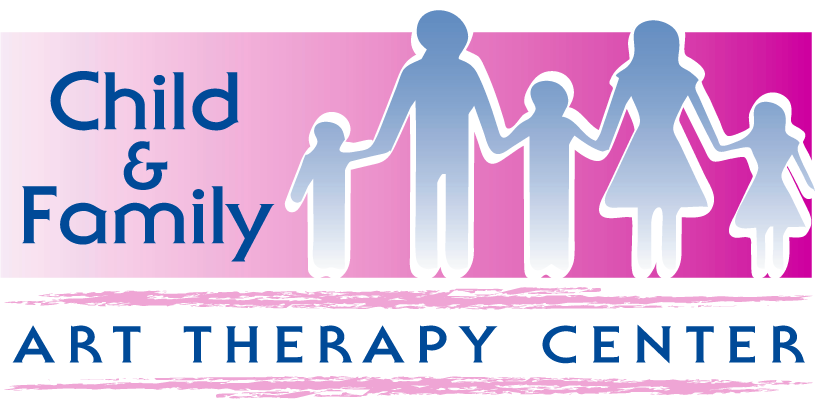
Why Choose Art Therapy?
Art Therapy utilizes the most effective approaches to psychotherapy and it always occurs in the context of a trusting relationship with a highly trained, empathic clinician. Art Therapy (and its close cousins, play therapy, music therapy, and dance-movement therapy) is an approach to mental health therapy very similar to - yet distinct from psychology.
However, Art Therapy has the ADDITIONAL, UNCOMMON, and VALUABLE benefits of:
Visual Communication • The Art Making Process • The Art Product Itself
All three of these features, when employed in a therapeutic relationship, add dimensions of support, structure, and depth of understanding that simply are not found in other modes of therapy.
Children can process and overcome even the most daunting issue or devastating trauma through art and play. Therapists translate the meaning of the child's expression to help parents and caregivers understand what is going on inside the child and how they can help.
No art talent or experience is necessary to achieve maximum success in art therapy, because it is about communication and fun and not about making museum pieces.

Art therapy is a bridge to a child’s inner world
The Top 11 Benefits of Art Products and Art-making include:
FUN! Playfulness! Creativity!
Universal communication: anyone can make visual images regardless of age, socio-economic status, language, or country of origin, thereby connecting everyone
Nonverbal, symbolic communication: like dreams, visual symbols and metaphors are a bridge to understanding one’s inner world
Relaxation and focus: people lose track of time, worries, and inner conflicts when engaged in art making or creation; plus, art materials are familiar to children because of school
Safety: clients release emotion and energy without risk to self or others: anger, anxiety, agitation, and aggression can be expressed in art work without anyone getting hurt
Boundaries and containment: art materials have inherent limits, edges, borders, and boundaries that fuction like metaphoric containers for emotions and impulses - and help people get in control
Decreased defenses: as a pre-verbal creative activity, art making gets around the verbal defenses we usually use to avoid uncomfortable or painful topics. It helps to speed up and deepen the therapy process.
Emotional distance from problems: clients project their problems into images that can be put on a wall or viewed at a distance, which makes issues far more manageable and less threatening to explore
Permanence: art is a concrete and permanent record of the artist’s feelings/functioning when it was made. It can be viewed week to week for continuity of therapy or over time to review treatment progress and growth
Emotional/spatial communication: complex and conflicting feelings or relationships can be simultaneously represented, unlike the linear nature of speech (think: love/hate; dependency/drive for independence, etc.). Complicated issues may be represented and discussed in one session that sometimes take weeks or months to unfold in purely verbal therapy.
Problem solving, confidence, and mastery: by trying out new materials and gaining proficiency with them, clients practice solving problems, gaining control, and developing self-confidence and self-esteem.

